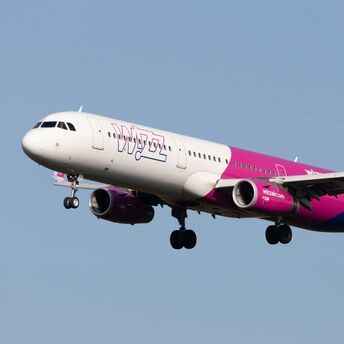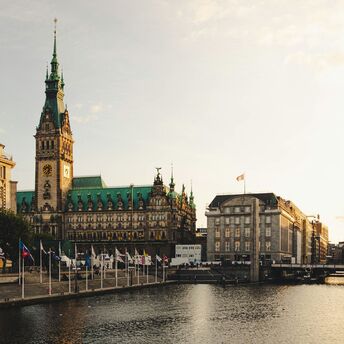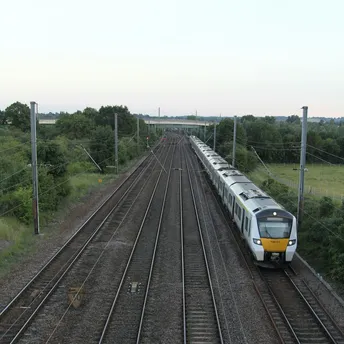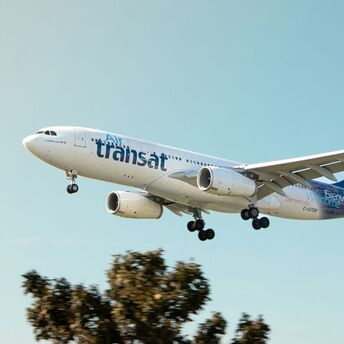Ellinikon Airport: From Historic Airfield to Greece’s Futuristic Urban Hub

Ellinikon Airport, once a bustling gateway to Greece, is undergoing a remarkable transformation into one of Europe’s most ambitious urban development projects. This historic site, which served Athens for more than 60 years, is set to become a modern metropolis, blending cultural heritage with cutting-edge infrastructure. Here’s a look at the fascinating history and the exciting future of Ellinikon.
A Storied Past
Ellinikon Airport opened its doors in 1938 and quickly became a pivotal hub for Greek and international air travel. During World War II, the airport was used by both Allied and Axis forces, reflecting its strategic importance. After the war, Ellinikon resumed civilian operations and saw significant growth, becoming the main airport of Athens.
Throughout the mid-20th century, Ellinikon Airport witnessed the rise of mass tourism, playing a crucial role in welcoming millions of visitors to Greece. The airport was a symbol of the country’s post-war recovery and economic development, with its two terminals—West Terminal, designed by Eero Saarinen, and East Terminal, a modernist masterpiece by Finnish architect Eero Saarinen—becoming iconic landmarks.
The Decline and Closure
By the late 20th century, Ellinikon Airport was struggling to keep up with the increasing demands of modern air travel. The facilities were aging, and the airport's capacity was stretched thin. In 2001, the new Athens International Airport "Eleftherios Venizelos" was opened, and Ellinikon ceased operations in 2001, leaving behind a legacy rich in aviation history but a site in need of revitalization.
A Vision for the Future
The closure of Ellinikon Airport marked the beginning of an ambitious plan to transform the area into a vibrant urban center. The Ellinikon Project aims to create a sustainable, mixed-use development that includes residential neighborhoods, commercial spaces, cultural venues, and vast green areas.
The centerpiece of this redevelopment is the creation of one of the largest coastal parks in Europe, spanning over 2 million square meters. This green oasis will feature recreational facilities, walking and cycling paths, and open spaces designed to enhance the quality of life for residents and visitors alike.
Architectural and Cultural Renaissance
The Ellinikon Project not only focuses on modern infrastructure but also pays homage to the site’s historical and cultural significance. The redevelopment plan includes the preservation and repurposing of iconic buildings, such as the East Terminal, which will be converted into a museum and cultural center. This integration of old and new aims to create a unique urban environment that respects its past while looking towards the future.
Economic and Social Impact
The transformation of Ellinikon is expected to have a substantial economic impact on the region. The project is projected to generate thousands of jobs during construction and beyond, boosting the local economy and attracting international investment. Additionally, the development will provide new housing opportunities, commercial spaces, and amenities that cater to a diverse population, fostering a dynamic and inclusive community.
Environmental Sustainability
A key component of the Ellinikon Project is its commitment to environmental sustainability. The development plans emphasize green building practices, energy efficiency, and the integration of renewable energy sources. The extensive parkland and green spaces will help mitigate urban heat island effects, promote biodiversity, and offer a natural escape within the urban landscape.



















